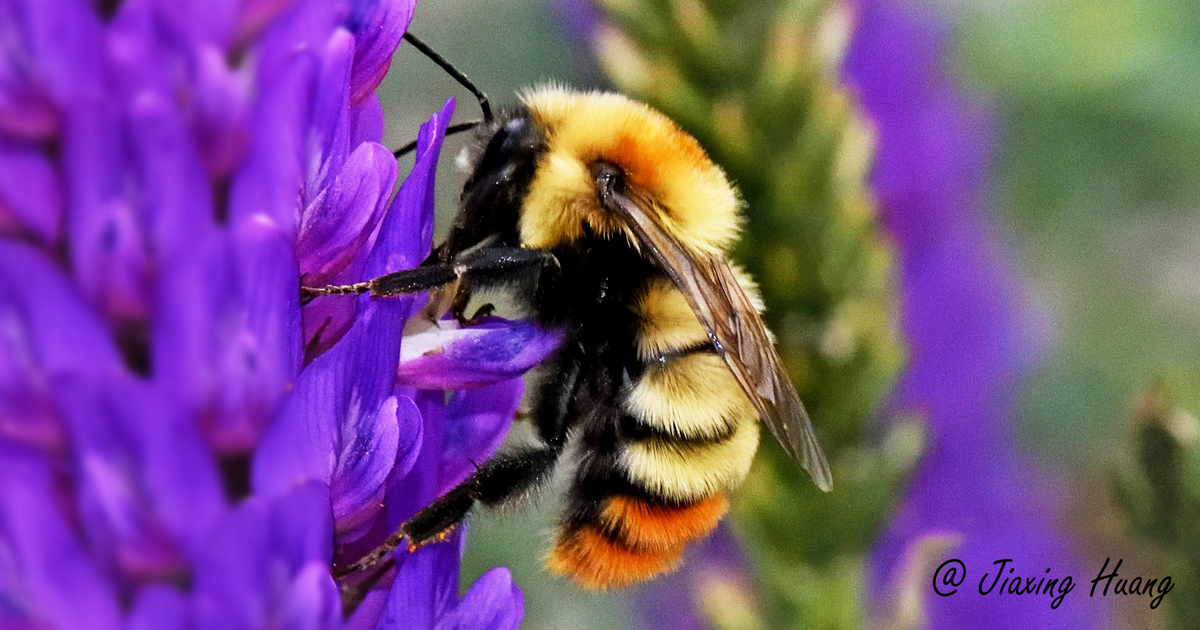Bumblebee Biology and Ecology
A special issue of Insects (ISSN 2075-4450). This special issue belongs to the section "Social Insects and Apiculture".
Deadline for manuscript submissions: 31 December 2025 | Viewed by 4060

Special Issue Editor
Special Issue Information
Dear Colleagues,
Bumblebees are vital pollinators, playing a crucial role in both the agricultural and natural ecosystems. However, over the past few decades, bumblebee diversity has faced an alarming decline due to multi-environmental stressors such as habitat destruction, pesticide uses, climate change, etc. This decline threatens ecosystem stability, agricultural production, and ultimately global food security. As global agricultural practices evolve and the demand for efficient pollinators grow, bumblebees have emerged as the most efficient and domesticated pollinators after honeybees. The conservation of wild bumblebees and the effective breeding and utilization of domesticated bumblebees are essential for sustaining biodiversity and enhancing agriculture productivity. To address these challenges, this Special Issue aims to gather the latest research on bumblebee biology and ecology for the promotion of innovative conservation strategies and sustainable agricultural practices. We invite contributions on topics such as bumblebee diversity and/or population dynamics, reproduction biology, diseases and parasites, pollination ecology, foraging behaviour, their role in agriculture, and conservation efforts. By deepening our understanding of these vital pollinators, this Special Issue seeks to support efforts in preserving both the natural ecosystem and agricultural productivity for future generations.
Prof. Dr. Jiandong An
Guest Editor
Manuscript Submission Information
Manuscripts should be submitted online at www.mdpi.com by registering and logging in to this website. Once you are registered, click here to go to the submission form. Manuscripts can be submitted until the deadline. All submissions that pass pre-check are peer-reviewed. Accepted papers will be published continuously in the journal (as soon as accepted) and will be listed together on the special issue website. Research articles, review articles as well as short communications are invited. For planned papers, a title and short abstract (about 100 words) can be sent to the Editorial Office for announcement on this website.
Submitted manuscripts should not have been published previously, nor be under consideration for publication elsewhere (except conference proceedings papers). All manuscripts are thoroughly refereed through a single-blind peer-review process. A guide for authors and other relevant information for submission of manuscripts is available on the Instructions for Authors page. Insects is an international peer-reviewed open access monthly journal published by MDPI.
Please visit the Instructions for Authors page before submitting a manuscript. The Article Processing Charge (APC) for publication in this open access journal is 2600 CHF (Swiss Francs). Submitted papers should be well formatted and use good English. Authors may use MDPI's English editing service prior to publication or during author revisions.
Keywords
- bumblebee
- biology
- ecology
- behavior
- reproduction
- pollination
- conservation
Benefits of Publishing in a Special Issue
- Ease of navigation: Grouping papers by topic helps scholars navigate broad scope journals more efficiently.
- Greater discoverability: Special Issues support the reach and impact of scientific research. Articles in Special Issues are more discoverable and cited more frequently.
- Expansion of research network: Special Issues facilitate connections among authors, fostering scientific collaborations.
- External promotion: Articles in Special Issues are often promoted through the journal's social media, increasing their visibility.
- Reprint: MDPI Books provides the opportunity to republish successful Special Issues in book format, both online and in print.
Further information on MDPI's Special Issue policies can be found here.






